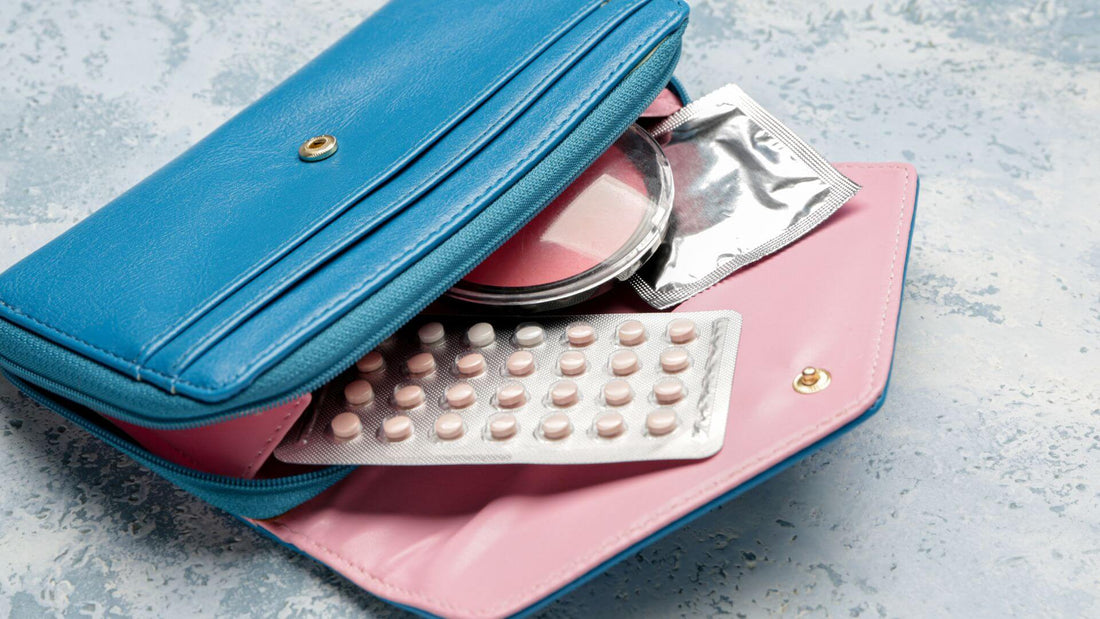Postpartum Contraceptives: How to Use Them, When to Start, and Why
Introduction
Breastfeeding and the resulting increase in the hormone prolactin reduce female fertility, but do not make the woman sterile.
This makes it necessary to learn about the approach to contraceptives after giving birth.
In this article, I will give you several answers regarding this.
If you are pregnant and are looking for information on how to best manage breastfeeding, I also recommend the video course “Al Profumo di Latte” , curated by Doctor Maria Chiara Alvisi, the midwife of the Yule Center and the DrSilva Academy .
For advice on how to prevent colic in newborns - yes, you can do it from pregnancy onwards - and on how to follow your little one in his motor development, I'll be waiting for you on my Instagram profile @drsilva.com_official .
How to avoid getting pregnant after giving birth?
As you can read in this article , breastfeeding cannot be considered an effective method of birth control.
In a couple who has unprotected sex with the mother who is breastfeeding, it is therefore necessary to be prepared for possible pregnancies from the first year after giving birth.
If you do not have the desire to experience a new motherhood, the topic of contraceptives after childbirth requires attention.
There are various methods to refer to. The advice is always to contact your trusted midwife to evaluate together the option that best suits your needs and indications.
Having clarified this premise, starting from the next paragraph, let's see the options to consider.

Which contraceptives can be taken during breastfeeding: the types
When talking about contraceptives after giving birth , it is necessary to mention different types compatible with breastfeeding. Here is the list:
Barrier contraceptives
Natural methods
-
Hormonal contraceptives
Mechanical methods
Read on to discover the specific features of each.
Barrier contraceptives
Barrier methods are among the most popular postpartum contraceptives compatible with breastfeeding.
Their effectiveness lies in preventing contact between the egg and the sperm.
The most famous and widespread barrier contraceptive is the condom (male and female).
However, there are also the cervical cup and the diaphragm.
The latter, as specified in 2014 by experts from the Ministry of Health , can be used approximately 6 weeks after giving birth, the average time needed for the uterus to return to the size it had before pregnancy.

Natural methods
In this case, everything is based on observing the physical symptoms of the fertile period and abstaining from intercourse on the days in question.
Among the various natural methods that can be used as contraceptives after childbirth, it is worth mentioning the symptothermal method, which is based on a mix between measuring basal temperature and observing cervical mucus.
Hormonal contraceptives
Hormonal methods can be used as contraceptives after childbirth.
The experts of the Ministry of Health, in particular those who, in 2014, collaborated on the so-called Interdisciplinary Technical Operational Table on the Promotion of Breastfeeding, recommend, in the case of the pill, choosing the one with a progestin component ( mini pill ).
The estrogen-progestin pill, in fact, can impact milk production, reducing it.
Among the other hormonal methods to be included in the list of contraceptives after giving birth, it is also possible to include the subcutaneous implant, effective for about 3 years and with a cost, in Italy, of 195 euros (excluding the ticket).
Also not to be forgotten are the patch and the progestin coil.
Mechanical methods
In this context, the reference when talking about contraceptives after childbirth is the non-medicalized intrauterine coil.
This device, whose filaments are made of copper or a mix of copper and silver, according to WHO guidelines should be used starting 4 - 6 weeks after giving birth.
Also, it is a good idea to wait for your menstrual flow to return.

